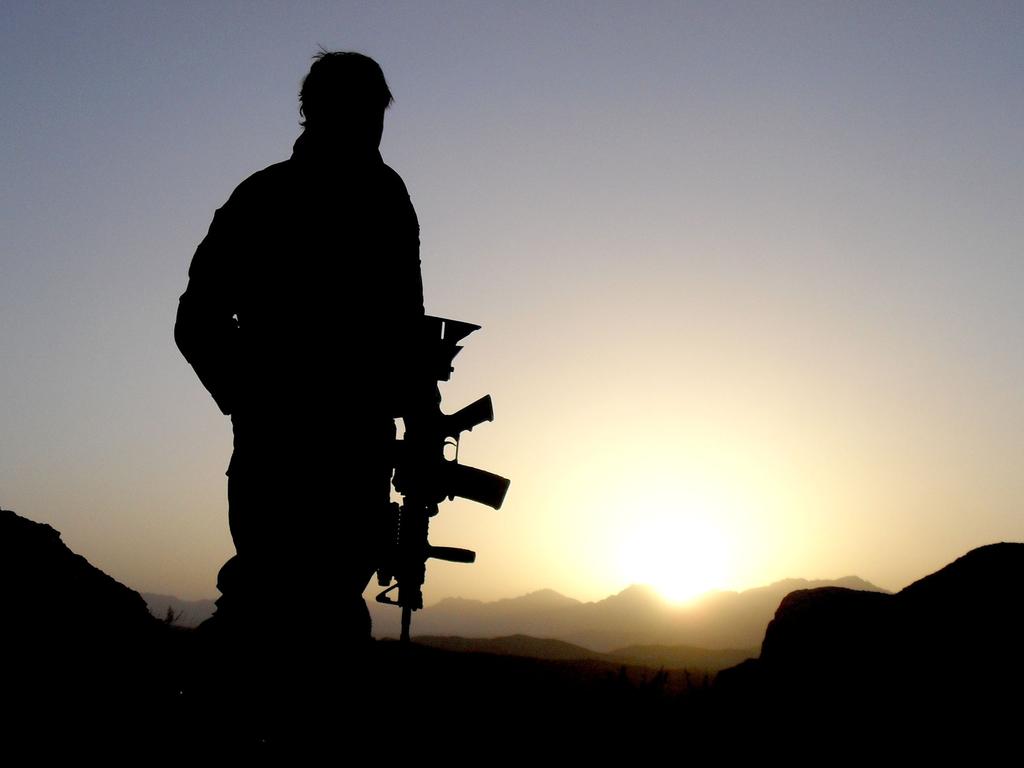Tunnel rat’s tale key to Ben Roberts-Smith case
A Kiwi-born SAS soldier will give evidence about what he found when he crawled alone into a tunnel in Afghanistan hunting for Taliban insurgents, armed only with a pistol.

If Ben Roberts-Smith has any hope of winning his so-far disastrous defamation case, the key may be a Kiwi-born SAS soldier who will give evidence about what he found when he crawled alone into a tunnel in Afghanistan hunting for Taliban insurgents, armed only with a pistol.
That display of raw courage by the slightly built soldier, echoing the feats of the “tunnel rats” of the Vietnam War, might otherwise have passed unremarked – one more act of unsung heroism in a long-forgotten skirmish.
But 13 years later it is set to play a defining role in the defamation action Mr Roberts-Smith has brought against the newspapers that branded him a war criminal.
The Victoria Cross recipient’s case looks shaky after a trail of witnesses for Nine newspapers have given damning evidence of murders, including the killing of two men said to have been dragged from the tunnel.
But at the halfway mark in the case, it is now the turn of Mr Roberts-Smith’s witnesses.
And the story they tell is a very different one.
The SAS soldier who crawled into the tunnel is codenamed Person 35.
His role in this story begins as SAS troops are sweeping through the Whiskey 108 compound – a known Taliban stronghold and arms depot, in Oruzgan province – on Easter Sunday 2009.
The soldiers almost missed the tunnel, but sweeping aside a suspicious-looking mound of hay, they discovered an iron grill covering a hole in the ground.
Several soldiers volunteered to go into the tunnel, according to the patrol commander, but Person 35 was the obvious choice; his smaller frame was better suited to navigate the confined space.
That was also the logic of the revered tunnel rats of the Vietnam War, where men drawn from the ranks of the Australian Army Engineers 3 Field Troop risked their lives searching Vietcong tunnels.
Like them, Person 35 knew the last thing he might ever see was the muzzle flash of an AK47 exploding in his face.
His bravery is not in doubt, but his account of what happened next is hotly disputed. He took off his body armour and helmet, laid down his rifle and, armed only with a 9mm pistol, squeezed into the tunnel.
When Person 35 re-emerged into the compound minutes later, according to the patrol commander, it was to declare the tunnel empty.
There was no one there.
If Person 35 tells the same story under oath in court in the coming days – he gave only a few minutes of evidence on Tuesday and returns on Wednesday – it will be a blow to the newspapers’ case.
At least three other soldiers have given evidence for the newspapers that they saw two unarmed Afghans taken from the tunnel, although their accounts vary in some details.
The FAMs – fighting age males – were said to be an older man with a beard and another with a prosthetic leg.
One Australian soldier claims to have seen Mr Roberts-Smith frogmarch the man with the prosthetic leg outside the compound, throw him to the ground and machine-gun him to death.
For his part, Mr Roberts-Smith has always emphatically denied that there were any men in the tunnel, or that they were executed.
Judge Anthony Besanko, presiding over the trial, may well take the view that a group of witnesses can have honest but different recollections of events they witnessed 13 years ago in the fog of battle.
But it will be difficult for him to go past the evidence of the man who actually went into the tunnel.
Some things are not easy to forget.
Person 35’s credibility is likely to be challenged.
Last week, it was alleged that Person 35 was the soldier pictured cavorting in a Ku Klux Klan outfit while brandishing a burning cross at the Fat Lady’s Arms, the unofficial bar where some soldiers drank from the prosthetic leg of the man killed at Whiskey 108.
Another photo shows the hooded soldier holding a hangman’s noose.
Mr Roberts-Smith has several other witnesses who will testify in his defence.
But the tunnel rat’s testimony might well help make or break his case.







